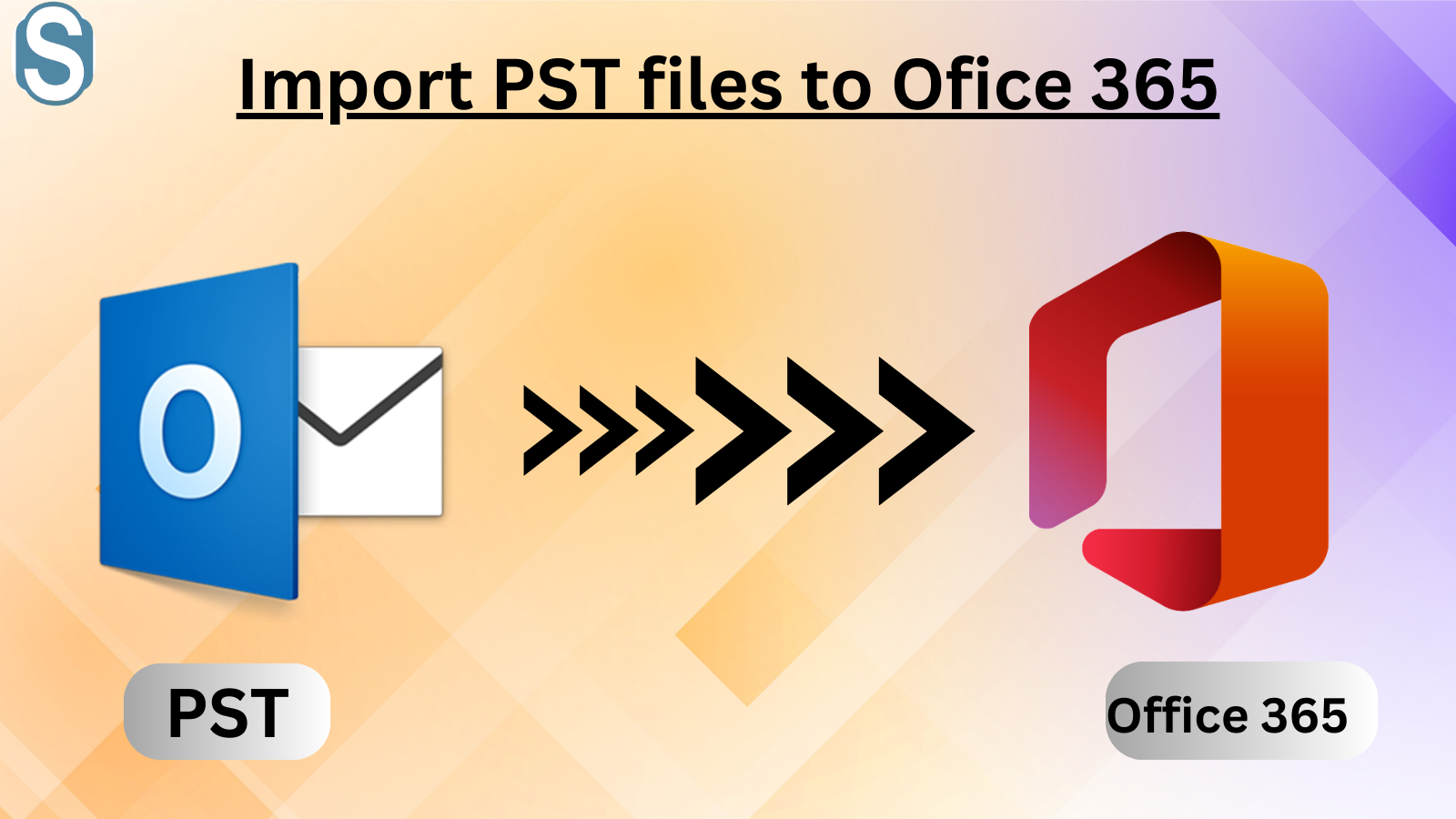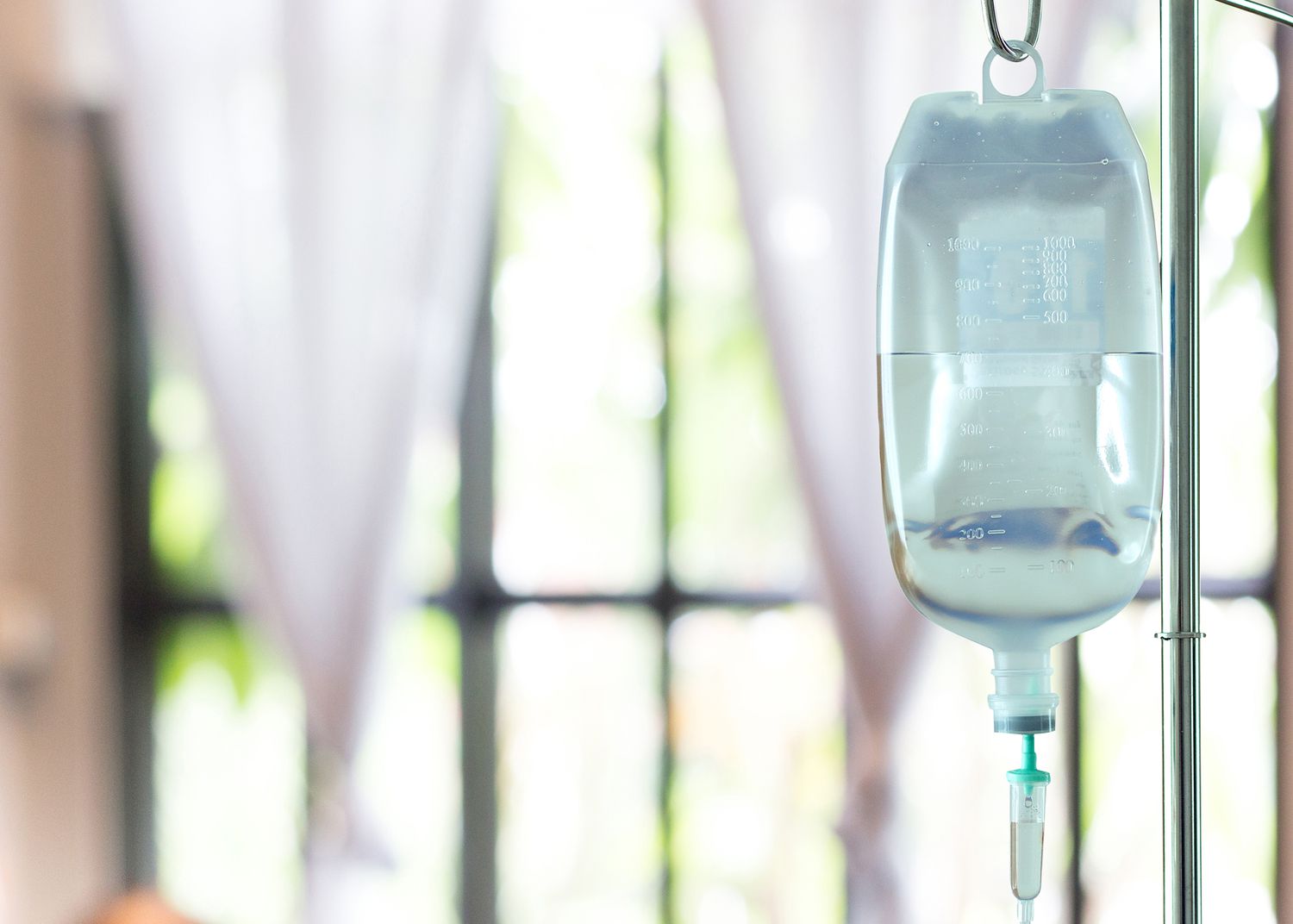The intricate workings of modern machinery and vehicles often conceal potential problems beneath the surface. Diagnosing these hidden issues can be a challenge, requiring innovative solutions. Here’s where industrial endoscopes and car endoscope cameras (also known as automotive endoscopes or automotive borescope cameras) step in. These powerful tools empower users to see beyond the limitations of the naked eye, enabling precise inspections and accurate diagnoses.
What is an Industrial Endoscope?
An industrial endoscope is a versatile visual inspection tool designed for various industrial applications. It consists of a long, slender tube with a high-resolution camera at the tip, connected to a display monitor. This allows users to navigate tight spaces and hidden cavities within machinery, pipes, and structures, capturing clear images and videos for detailed analysis.
Types of Industrial Endoscopes:
- Rigid Borescopes: Offer superior image quality and are ideal for straight inspections.
- Articulating Borescopes: Feature a bendable tip, allowing for navigation through complex bends and tight spaces.
- Video Borescopes: Provide real-time image and video transmission for collaborative inspections and documentation.
Industrial Borescope Camera vs. Industrial Endoscope
The terms “industrial endoscope” and “industrial borescope camera” are often used interchangeably. However, a subtle distinction exists. Borescopes typically refer to rigid endoscopes with a straight shaft, ideal for inspecting straight or minimally angled access points. In contrast, endoscopes may encompass both rigid and flexible options, offering more versatility for navigating bends and complex structures.
Benefits of Industrial Endoscopes:
- Minimally Invasive Inspections: Unlike traditional methods that might require disassembly, industrial endoscopes allow for inspections without extensive dismantling, minimizing downtime and protecting equipment from unnecessary handling.
- Enhanced Diagnostics: High-resolution cameras capture clear visuals of hidden areas, enabling accurate identification of issues like corrosion, wear and tear, blockages, and leaks.
- Improved Efficiency: Expedites the diagnostic process, allowing for quicker problem identification and resolution, leading to improved productivity.
- Cost Savings: Early detection of potential problems prevents major breakdowns and costly repairs.
- Versatility: Industrial endoscopes cater to a wide range of applications across various industries, including:
- Manufacturing: Inspect internal components of machinery for wear and tear.
- Construction: Evaluate the integrity of pipes, walls, and building structures.
- Plumbing and HVAC: Diagnose issues within pipes, ducts, and ventilation systems.
- Aerospace and Defense: Inspect aircraft engines and critical components for airworthiness.
What is a Car Endoscope Camera?
A car endoscope camera (or automotive endoscope) is a specialized type of endoscope designed specifically for inspecting vehicles. Similar to industrial endoscopes, it features a flexible or rigid probe with a high-resolution camera at the tip, connected to a display screen. However, car endoscopes are typically designed to navigate the unique challenges of automotive environments, such as tight engine compartments and narrow spaces within the car’s interior.
What is a Borescope Camera?
A borescope camera, also known as a borescope or videoscope, is a slender, elongated instrument equipped with a lens and a light source at its tip. This lens transmits a live video feed to a connected display, allowing users to visually inspect internal areas that are inaccessible to the naked eye. Borescope cameras come in various lengths, diameters, and configurations to cater to diverse inspection needs.
Industrial Borescope Cameras:
Industrial borescope cameras are workhorses in a multitude of industries, playing a crucial role in preventive maintenance, quality control, and troubleshooting. Here are some of their key applications:
- Manufacturing: Inspect machinery and equipment for internal wear and tear, identifying potential issues like cracks, blockages, and misalignment before they lead to breakdowns. This minimizes downtime, optimizes production efficiency, and reduces repair costs.
- Construction: Evaluate the integrity of pipes, walls, and structures within buildings. Borescope cameras allow inspectors to assess hidden areas for potential damage, corrosion, or faulty installations, ensuring structural safety and adherence to building codes.
- Plumbing and HVAC: Diagnose problems within pipes, ducts, and ventilation systems without the need for extensive demolition work. Borescope cameras help locate blockages, leaks, and damaged components, enabling targeted repairs and minimizing disruption.
- Energy: Inspect pipelines, boilers, and other critical infrastructure for internal damage or deterioration. This ensures the safe and efficient operation of power generation and distribution systems.
- Aerospace and Defense: Inspect aircraft engines and other critical components for wear and tear, foreign object debris, or potential flaws. This contributes to maintaining airworthiness and ensuring the optimal performance of aircraft.
Features of Industrial Borescope Cameras:
- Interchangeable probes: Choose from a variety of probe lengths and diameters to suit different inspection needs and access points.
- Articulating heads: Navigate complex bends and tight spaces within intricate machinery and structures for a comprehensive inspection.
- High-resolution displays: View clear and detailed images on large screens for enhanced analysis and collaboration during inspections.
- Durable and waterproof construction: Withstand harsh environments and potential exposure to liquids, dust, and debris during inspections.
- Advanced features: Some models may offer additional functionalities like recording capabilities, zoom options, and on-screen measurement tools.
Automotive Borescope Cameras:
Automotive borescope cameras are specifically designed for the unique needs of the automotive industry. They offer valuable benefits to mechanics, car enthusiasts, and inspection teams:
- Diagnosing Engine Issues: Access and inspect hard-to-reach areas within an engine compartment, such as cylinder walls, valve trains, and spark plug wells. This allows for the identification of potential problems like broken valve springs, piston damage, or carbon buildup.
- Retrieving Lost Objects: Whether it’s a dropped screw, a missing washer, or a forgotten tool, automotive borescope cameras help you retrieve lost objects without having to disassemble intricate components.
- Verifying Repairs: Ensure proper installation and functionality of replacement parts after repairs. Borescope cameras allow you to visually inspect hidden areas and confirm the success of repairs.
- Pre-Purchase Inspections: Gain valuable insights into the condition of a used car before making a purchase. Utilize a borescope camera to inspect for hidden rust, potential leaks, or signs of previous repairs.
Features of Automotive Borescope Cameras:
- Compact and flexible designs: Designed to navigate the tight confines of a car’s interior, accessing areas behind dashboards, within air vents, and around engine components.
- High-definition image and video recording: Capture clear visuals of hidden areas for detailed analysis and future reference.
- Adjustable LED lighting: Illuminate even the darkest corners, ensuring optimal visibility within the car’s interior.
- Waterproof construction: Withstand potential exposure to liquids during inspections, like coolant or oil leaks.
- User-friendly interfaces: Easy to operate and navigate, allowing users of all experience levels to conduct effective inspections.
Benefits of Car Endoscope Cameras:
- Diagnose Hidden Automotive Issues: Inspect hard-to-reach areas like the engine bay, behind the dashboard, or within upholstery to identify problems such as rust, corrosion, loose connections, or foreign objects.
- Retrieving Lost Items: Have you ever dropped a screw or earring into a seemingly bottomless abyss within your car? Car endoscopes help you retrieve lost objects without disassembling intricate components.
- Verify Repairs: After repairs, these cameras allow you to confirm the proper installation and functionality of replacement parts.
- Peace of Mind for DIY Enthusiasts: Empower yourself to diagnose minor car issues and perform basic maintenance at home.
Choosing the Right Industrial or Car Endoscope:
When selecting an industrial or car endoscope, several factors should be considered:
- Image Quality: Opt for high-resolution cameras that capture clear and detailed images for accurate assessment.
- Length and Diameter: Choose the appropriate probe length and diameter to reach the target inspection area within your application.
- Lighting: Adjustable LED lighting ensures optimal visibility in poorly lit environments.
- Durability: Select an endoscope with a robust construction to withstand potential wear and tear in harsh environments.
- Additional Features: Consider features like recording capabilities, articulating heads (for navigating bends), and interchangeable probes, depending on your needs.
- Inspection Needs: Identify the specific areas you need to inspect within your industry or for your vehicle.
Where to Find Industrial and Car Endoscope Cameras:
Reputable manufacturers and distributors offer a variety of industrial and car endoscope camera options. Look for companies with a proven track record and a commitment to quality and innovation. They can advise you on the most suitable endoscope for your specific application.
Key Considerations When Choosing a Car Endoscope Camera:
- Camera Resolution: Select a camera with high resolution for clear and detailed visuals of internal components.
- Probe Length and Diameter: Choose a probe suitable for the specific areas you need to inspect within the vehicle.
- Waterproof Construction: Opt for a camera with waterproof capabilities to withstand potential exposure to liquids during inspections.
- Portability and User-friendliness: Consider a compact and user-friendly design for easy maneuverability and convenient operation.
Conclusion
Industrial endoscopes and car endoscope cameras are powerful tools that revolutionize how we approach inspections in various industries and automotive settings. By providing a clear view of hidden areas, they enable proactive problem identification, minimize downtime, and ensure efficient maintenance and repair processes.



